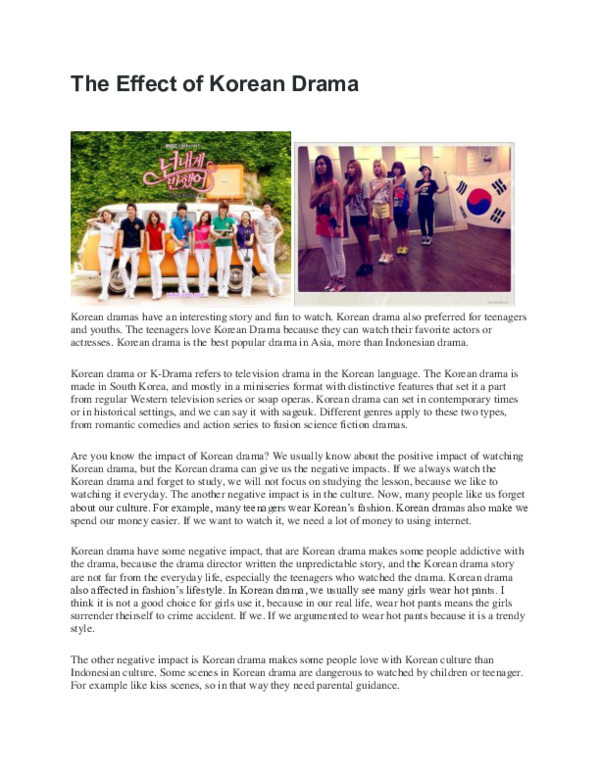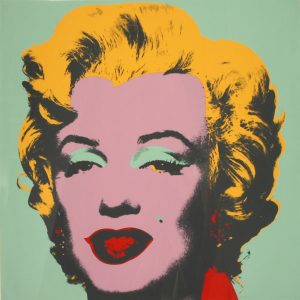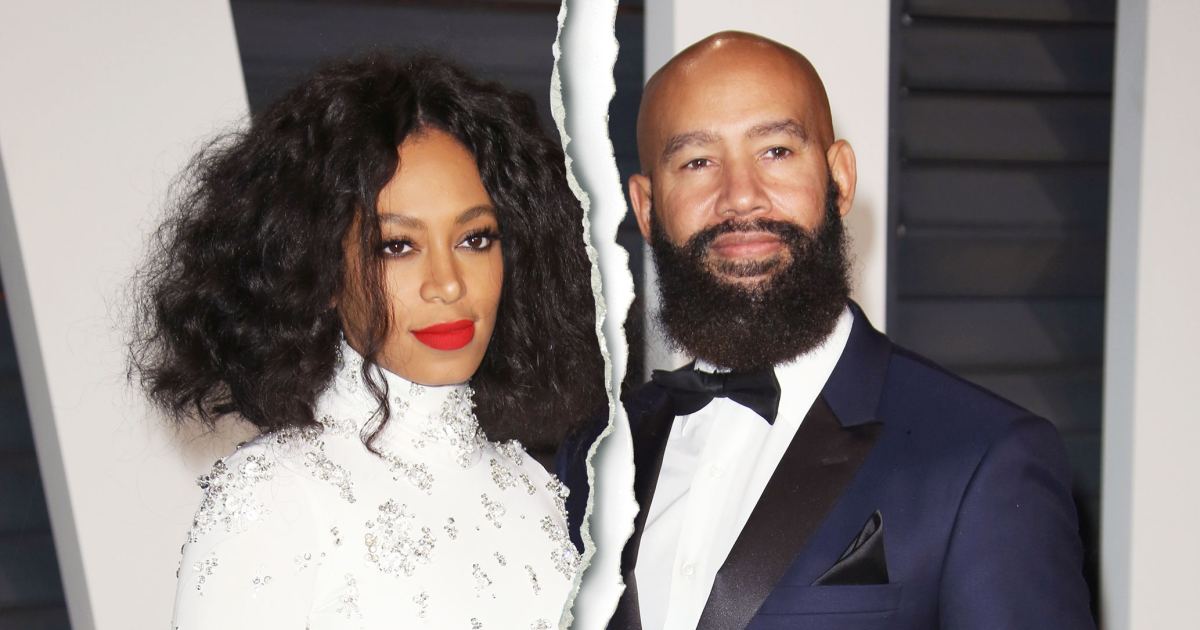
Lowbrow is a kind of underground visual artist movement that was founded in Los Angeles, California in the late 1960s. It is distinguished by a subculture which is distinct from mainstream cultural and has ties with various underground movements including punk music (tiki culture), graffiti and hot-rod culture.
Pop Surrealism
Pop Surrealism, or Lowbrow Art, refers to a new movement in visual art. It is inspired by the 1960s-70s art. Lowbrow artists created art with a humorous, irreverent tone, inspired by punk rock music, hot rod culture, and underground comics. Paintings are the most popular Lowbrow art, but you can also find sculpture and digital artwork.
Because it mocks established high art conventions and customs, this type of art is often called lowbrow. The artists of this type of art were aware of the rules that govern art, but they chose to disregard them. The result was artworks with a sense of humor that made social and political statements.
Acid house flyers
Acid house flyers are an example of lowbrow art. They translate music into patterns, resulting in almost-invisible swirls. The Movement logo is virtually impossible to read. The Movement logo's evocative imagery is intended to draw the viewer in rather than provide information about its line-up.

The movement originated in the 1970s. It is now a very popular art form, derived from punk music, underground comix and hot rod and surfer culture. The art style is also known as pop-surrealism. Pop-surrealism is often funny and has a low-brow aesthetic.
Advertising
Lowbrow artwork is an art style that blends high media and low-brow subject matters. These works often mock convention, often draw heavily upon retro iconography and popular culture, but have a satirical tone. They are also highly identifiable, especially to tail-end "Baby Boomers."
This style of art has its roots in California's hot rod and surf culture. Early Lowbrow artists included Ed "Big Daddy" Roth, who created the comic strip Rat Fink in South California during the late 1950s. This style evolved to include underground comix by the 1960s, which included the work of Victor Moscoso. R. Crumb and Steve Clay Wilson.
Cartoons
Lowbrow art cartoons are an example of cartooning which has its roots in surfing culture and Southern California hotrods. The movement is often credited to Ed Roth, who created Rat Fink in the late 1950s. The movement grew into underground comics, where artists like Steve Clay Wilson or Robert Crumb sharpened their skills.
Lowbrow art cartoons are a form of pop culture, and often have a macabre or sinister theme. They aim to inspire violence and naughtiness, along with pop culture icons.

Street art
Lowbrow art is a type of contemporary art that has an unconventional aesthetic. Its roots are in punk culture, skateboarding, and DIY comics and cartoons. Lowbrow artworks often have a humorous, irreverent message.
Lowbrow art has many influences, but it is not often accepted by the fine artists community. This art is character-driven. It is narrative-based. It has distinctive stylistic traits. Common traits include large heads, cartoon-style landscapes, and doe eyes. Although Lowbrow art may not be intended for an art audience, it can easily be recognized by the average person.
FAQ
What is Tik Tok pop culture like?
The answer is Yes This is not only for teenagers. These videos can be used by anyone to express their feelings, share life moments, and show support.
The app is used daily by more than 200 million people around the globe. This number is growing by millions every day.
TikTok offers brands a unique opportunity to connect with consumers and establish meaningful relationships.
TikTok also has many influencers that have built huge followings. These creators create original content that engages audiences across the globe.
So what are you waiting for? These are the four best ways to profit from this trend.
-
Make Viral Content
-
Engage Influencers
-
Use Visuals Effectively
-
Be Creative With Your Audience
What are some of the positive aspects of pop music?
Pop culture has some positive aspects. Pop culture can be used to spark conversation. It also allows people to express their creativity. Pop culture can help artists promote their work.
Pop culture brings people together. Everyone wants the same show. Everyone loves the same music. Everybody likes the exact same movies. Pop culture allows us to connect.
Pop culture can be unhealthy. There are films that glorify violence. Some programs on television make fun of those with mental disabilities. And some bands encourage fans to do drugs.
So what should we do with the negative aspects of pop culture?
Pop culture should be avoided. We shouldn't let it influence us. It can cause problems for our health. It can even lead to criminal activity. It can also affect our relationships.
Pop culture has a positive or negative impact on society. Are they promoting positive values? Are people being influenced into doing bad things?
And finally, we should ask ourselves whether we're happy with the kind of world we live in. What music do you like? The TV shows we watch? The clothes we wear
If we care about our future, we must take responsibility for our actions. Decide what kind of world you want. Then, we can choose which type of pop culture to follow.
What is some pop culture from 2020?
The music industry is changing quickly. This year saw artists like Travis Scott, Post Malone, Billie Eilish and Billie Eilish reach number one on Billboard’s Hot 100 Chart. This was a record-breaking feat for any artist.
The same holds true for streaming services. Spotify reported streaming over 10 million hours of audio last year. This is five times more than what Spotify users listened to just five years back!
This has caused a significant shift in media consumption. The majority of people now spend their time reading content, rather than creating it.
All age groups have easy access to high-quality audio content. This means that anyone can record, edit, mix, and release their music.
To be able to sing your favorite song, you don't need to attend university to study classical instrumentation. You can simply download an app, add your voice, and upload them to YouTube.
And if you don't want to make music yourself, why not watch someone else doing it instead? You can find countless channels that make videos of songs, from parodies to covers.
What is popular culture in the world of music?
Popular Music Culture is a constantly-changing phenomenon that comes in many forms.
Popular music culture can be defined by its use certain types of music (e.g. rock, jazz) or lyrics. It also includes the impact of visual media such as television, fashion and advertising on artists' careers, as well as public perception.
It's also about how fans interact with their favorite artists.
One aspect of popular music culture is the rise of "superstars," artists who have achieved fame, fortune, and status for themselves.
These superstars often transcend genres and become cultural icons, and their popularity has influenced the evolution of popular music itself.
Other aspects of popular music culture include:
* The rise of recording technology - from acoustic instruments to electric guitars and microphones;
* The invention of the record player and the radio;
* The birth of rock 'n roll.
* Introduction of film and TV;
* The advent MTV and VH1
* The creation the internet.
What can pop-culture teach us?
Our society today places more importance on material goods than all other things. This is particularly true for young people. They spend hours a day staring at screens. They are addicted to video games, movies, and surfing the web. They lose focus of school work because they are constantly distracted by these distractions. As a result, they end up failing classes.
The world we live in is one where everyone wants the same thing. That means being popular. Popularity hinges on having money, clothing, and other possessions. This causes some people to do things they don't like.
We have become too dependent on technology. We now have access to all types of information thanks to technology. Not everything is accurate. Many false rumors circulate on the Internet. These rumors spread quickly because people share them on social media sites. It's easy to post something without checking whether it's true.
People have lost their ability to think critically. They trust everything they read online. They trust what they hear on television and in magazines. They stop thinking about themselves. They follow the crowd instead.
We lose control when we rely on other people to tell us what's up. Pop culture encourages us to rely on others. It can also make us lazy. Although the truth is out there and we often don't find it, it can make us lazy.
How can we prevent the dangers of pop-culture?
First, it is important to recognize when pop-culture influences us. Next, we must be aware of when pop culture is influencing us and make sure we don't get influenced. Here are some ways you can avoid being influenced by bad influences
-
Avoid watching Game Of Thrones or other violent shows.
-
Don't spend time surfing the Internet. Read books instead.
-
You should watch less TV. Spend your spare time engaging in healthy activities.
-
Take care what you post online. You can't delete comments after they have been posted.
-
Be sure to verify that the websites you visit have SSL encryption. Before you provide personal information, be sure to check them.
-
Do not let anyone pressure or make you do dangerous things.
Talk to an adult about if you think you might be addicted to pop culture. You can call your local library or the National Center For Missing & Exploited Children (1-800-THE-LOST).
What examples are there of pop culture?
Pop Culture is the art form of the 21st century. Pop Culture covers all aspects of popular entertainment. It includes music, film, TV, video game, fashion, advertising, comics and so on. The term was first used by Neil Postman in his 1985 book Amusing Ourselves to Death. Pop was a method of mass communication using cheap tricks and formulaic techniques to create an illusion that spontaneity and uniqueness.
However, he noted that most people do not experience true enjoyment because they have become conditioned to seek media experiences that make them feel superior to others. He also suggested that this form of cultural expression had led to the loss in critical thinking skills among young adults.
Pop culture is also known as consumerism or popular culture.
Statistics
- For example, the term hater meaning someone who strongly undermines or criticizes others, often due to pathetic jealousy, likely emerged from hip hop culture, such as the term playa hateras, used by influential rapper Biggie Smalls as early as 1995. (simplicable.com)
- Latinos represent roughly 19% of the U.S. population. (npr.org)
- Less than a decade later, that statistic rose to 90% (Dager, n.d.). (socialsci.libretexts.org)
- In 1987, US films captured 56% of the European film market. (socialsci.libretexts.org)
- According to Kathryn Sorrells (2013, pp. 142-144), there are several ways that we can become informed consumers of popular culture. (socialsci.libretexts.org)
External Links
How To
Which companies have used pop music in their marketing strategies
In the past few years, many companies have used popular culture as part of their marketing strategy. Here are just a few of them:
-
McDonald's - The McDonald's Superbowl campaign featured clips from films like 'The Big Short' or 'Inside Out'. They also ran an ad called "I lovin' It", in which they featured images showing people eating food and dancing to Drake songs.
-
Nike – In 2013, Nike launched a commercial featuring Kevin Durant (basketball player). He says that he was inspired and motivated by the movie Space Jam to get his shoes on and play basketball.
-
Coca-Cola - Coca-Cola created a series of commercials called "Americas Choice Awards" during the summer 2015. These ads were based on various categories such as Best Movie and Best TV Show. Each category had its own 30-second commercial at a fictional award ceremony.
-
Google - Google declared in November 2015 that the company would sponsor the Super Bowl. This was the first sponsorship since 2010. This included launching a website called google.com/superbowl, allowing users to watch highlights from previous games. Google would allow users to vote for their favorite team and display the results along with the current scores.